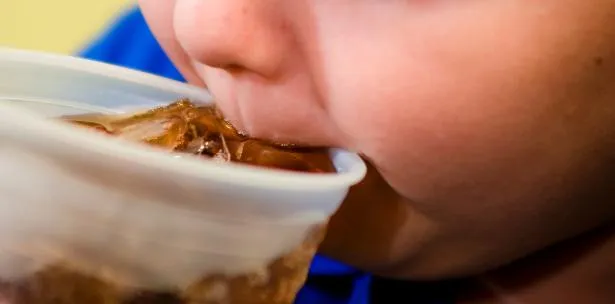Puerto Rico is the second ethnic group with the highest diabetes development among Latinos, so it should not be surprised that an average of 225 new cases of the condition in children are registered annually in the country.
Although it is assumed that the diabetes that are presented in children is type I, that is, the hereditary, every day there are more cases that are reported in minors of type II diabetes as a consequence of the problem of child obesity that the country is going through, it warnedThe nutritionist Ada Laureano.
Between 2010 -2012 the child obesity rate in the country increased by 0.9%.2010 data pointed to an obesity rate of 27.5 %.While, in 2012, it rose to 28.4%.
“Type II diabetes exists but it is supposed to occur in the stage of adulthood.However, due to the problem of obesity it occurs in children.Bad eating habits and lack of physical activity promote the development of obesity and eventually insulin resistance that is what diabetes produces, ”said Laureano.
He said the data reveal that 11% of the new type II diabetics on the island are children eight years or so."Specifically from 2000 for here they are numbers that are monitored because the more they go up, the more risk we have to develop renal failure problems and heart disease before they are 40 years old," he warned.
In the case of type I diabetes, the highest risk is inheritance.Since the child is born, he explained, but in some cases it can be developed as soon as in the first months of life or before adulthood, usually in the adolescence stage.Here the main treatment is insulin but like type 2 diabetes the diet and exercise is essential.
“They must feed well and be active because physical activity facilitates the use of glucose.The muscles make a lot of sugar that was going to be stored as fat, do not store and use.That makes the metabolic system more efficient.Apart, food is important for any diabetic child or adults because diabetes lowers the defenses and makes them more likely to develop diseases, the expert added.


